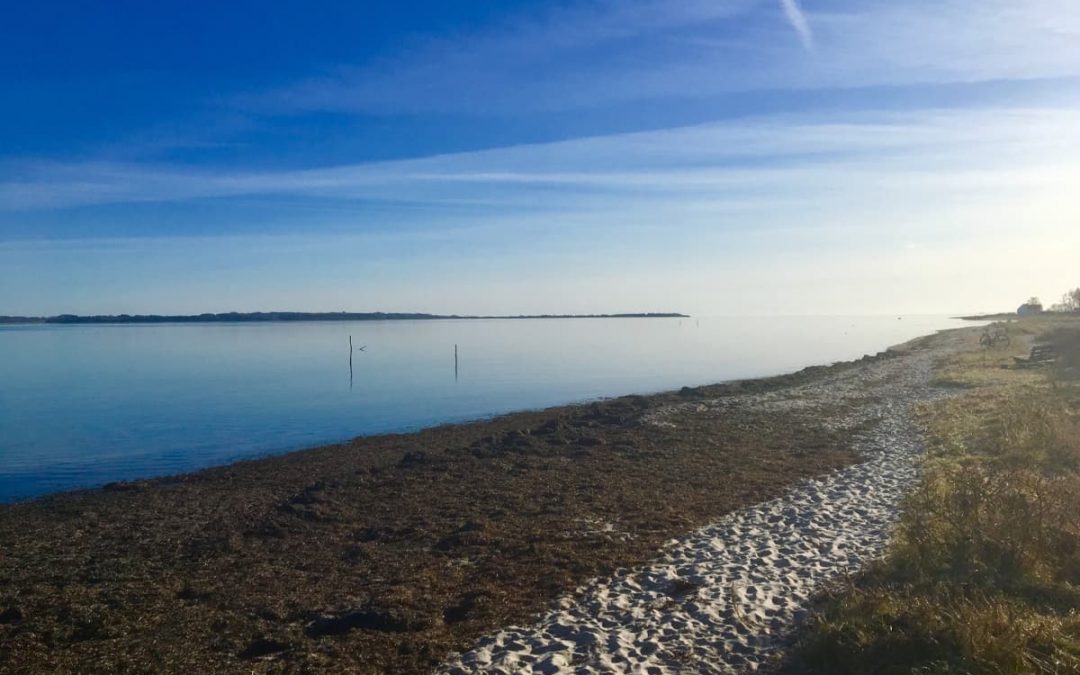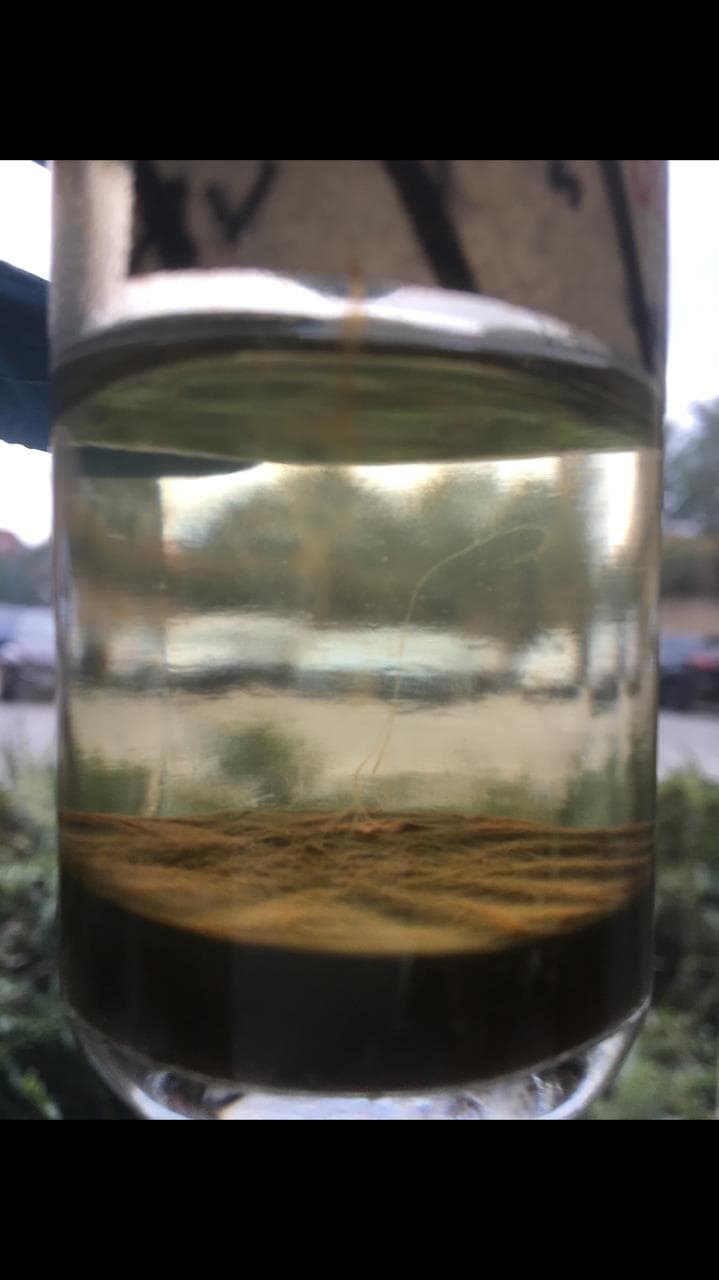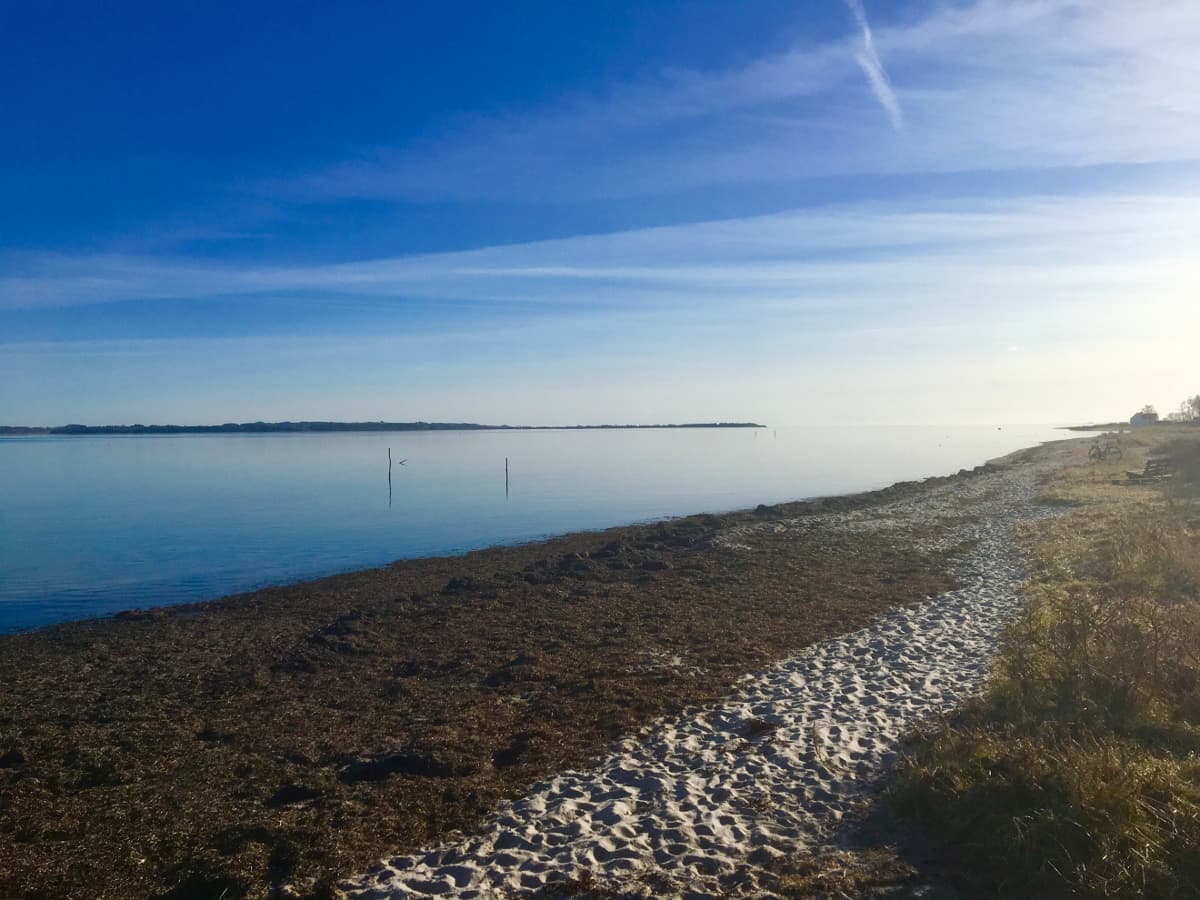I joined a group of young and enthusiastic scientists at Aarhus University in order to study the physiology of a polyextremophile bacterium named Natranaerobaculum magadiense. I know that sounds like a lot of complicated words together, but in fact, what I did was to study bacteria that tolerates several extremes of environmental conditions like high temperature and salinity at once. Polyextremophiles are known to thrive at incredibly unlikely places, like Antarctica, hypersaline lakes, hot springs and the deep biosphere. What makes them so interesting is the fact that until fairly recently, very little was known about their biochemistry and therefore, the constrains used to define life as we known were not accurate.
My Master’s thesis project was deeply related to testing these constrains, the original plan was to investigate the possibility that by being a polyextremophile, the cells of this bacterium would have any selective advantage when dealing with another, completely unrelated environmental extreme (in this case, hydrostatic pressure). Additionally, I learnt how to cultivate bacteria under high hydrostatic pressures and temperatures, thus, mimicking a polyextreme environment.
Methods and Results
Culturing polyextremophiles isn’t easy, the well-defined media used to support growth of E. coli and other model bacteria doesn’t meet the needs of polyextremophiles. The reason for this is that they need several conditions that to most bacterial forms of life (mesophiles) would be lethal, or to the very least, extremely detrimental. My first task involved the preparation of different growth media to support the growth of N. magadiense at high salinity, pH and alkalinity. Additionally, I incubated these cultures using high-pressure reactors in order to mimic the hydrostatic pressures found at 3 and 6 km deep the ocean. After one month of growth, one of my cultures looked like this (Fig. 1).
Based on the best growing cultures, we picked one culturing condition and used for the high-pressure/temperature incubations, therefore allowing N. magadiense cultures to reach the highest yield this bacterium could reach in the presence of extra environmental parameters, such as these mentioned above. Surprisingly, the cultures grown fairly well when exposed to these conditions, though, more experiments have to be made in order to fully describe the metabolic capabilities of this bacterium, it was observed that a combination of several stressors can be concomitantly dealt by this polyextremophile.
A second round of experiments were done in order to understand the basic metabolism when growing in such conditions. This was done using an HPLC machine (Fig 2). Results showed that the fermentation products fluctuate, meaning that the metabolism of this bacterium shifts from on using certain compounds to produce them. This is very interesting as it indicates that the entire process of adapting and surviving stressful conditions is linked to metabolic shifts and biochemical conversions of key biomolecules.
Conclusion
Although little is known about polyextremophiles, a lot of information was managed to be extracted in these six months of research at Aarhus University. I have had the amazing opportunity to learn new techniques, meet new people and have hands-on experience in a state-of-the-art topic. The ERASMUS + internship allowed me not only to tackle new research questions but it also provided me with the chance to present my work at the university and to get to known other facilities optimized for this kind of work. It was an incredibly rich experience that I provided me with the best environment I could be. I highly recommend the ERASMUS + Internship as it provides the nice means to kickstart your career. I also highly recommend Aarhus University, not only for their outstanding research but also by the beautiful city of Aarhus, featuring exquisite Scandinavian landscapes such as the one below.





Neueste Kommentare